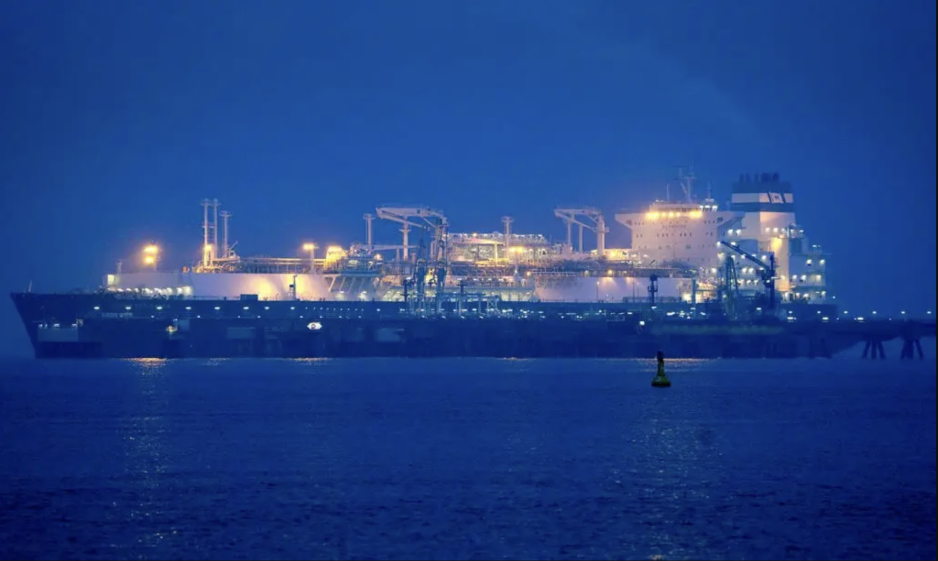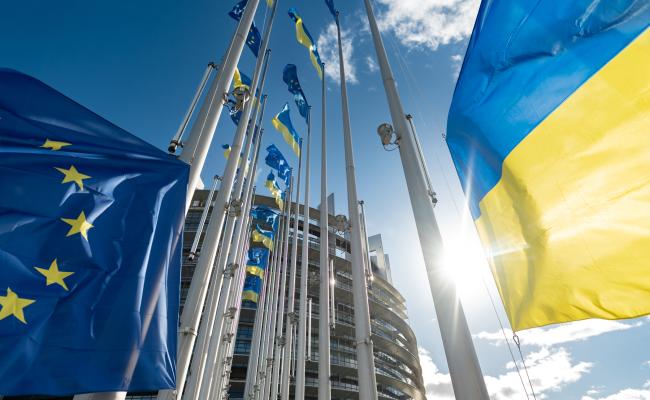EU Imports More Russian LNG in 2024 Than Ever Before, Mostly From Arctic

Höegh Esperanza floating LNG import ship at Germany’s Wilhelmshaven LNG terminal.
While the EU’s imports of liquefied natural gas from around the world decreased by 20 percent, deliveries from Russia set a new record in 2024. An increasing amount of Russian LNG is now sold on the spot market. Traders prefer cheaper Russian LNG rather than buying from the U.S. or elsewhere.
While recent focus has been on the termination of pipeline gas transits to Europe via Ukraine, Russian liquefied natural gas or LNG continues to reach the continent uninterrupted.
In 2024 the bloc imported at least 16.65m tonnes of LNG, a record high since production at Russia’s largest production facility, Novatek’s Yamal LNG, began at the end of 2017.
The latest figures surpass the totals of 15.21m tonnes and 15.18m tonnes recorded in 2022 and 2023.
Overall EU imports of LNG from around the world declined in 2024 further weakening the position that its member states require Russian imports for energy security. Instead of reducing imports from Russia, the decrease came primarily in a reduction of purchases from the United States. Russian deliveries sold on the spot markets are generally cheaper than their U.S. equivalents.
The share of Russian LNG of all imports rose from 15 percent last year to 20 percent in 2024.
20 percent of Russian LNG reaching the EU is re-exported to third countries
The new record again calls into question the effectiveness of the EU’s ongoing efforts to reduce imports from Russia through sanctions. Across 15 rounds of sanctions Brussels has blocked the Arctic LNG 2 project, a number of LNG carriers, and put in place voluntary measures allowing member states to block terminal capacity. Germany did reject the delivery of Russian LNG to its Brunsbüttel facility, when the Ministry of the Economy instructed the state-owned terminal operator to refuse receipt.
Ban could increase imports
The first EU-wide binding measure affecting Yamal LNG is set to come into effect at the end of March disallowing the transshipment of Russian LNG via EU ports.
Currently around 20 percent of Russian LNG reaching the EU is re-exported to third countries via the continent’s ports. The transshipment ban is intended to interdict the flow of super chilled Russian gas via Europe.
While the measures will complicate Russia’s ability to export its product to faraway markets like China and India, they hold the risk that those volumes previously re-export will simply remain in the EU.
Recent figures show the first indication that this may indeed become the case. The majority of production from Yamal LNG is sold to the EU buyers under long term contracts, but some is sold on the spot market. The percentage of spot market sales has increased from 23 percent in 2023 to 33 percent in 2024, the FT recently reported.
Analysts have expressed concern that once the transshipment ban comes into effect even more Russian LNG could be sold on the spot market further increasing EU imports.
Officials in Brussels have repeatedly stated that the bloc will phase out Russian fuels by 2027. The current trends related to LNG imports leave a lot of questions unanswered how and when the EU will achieve this goal.



